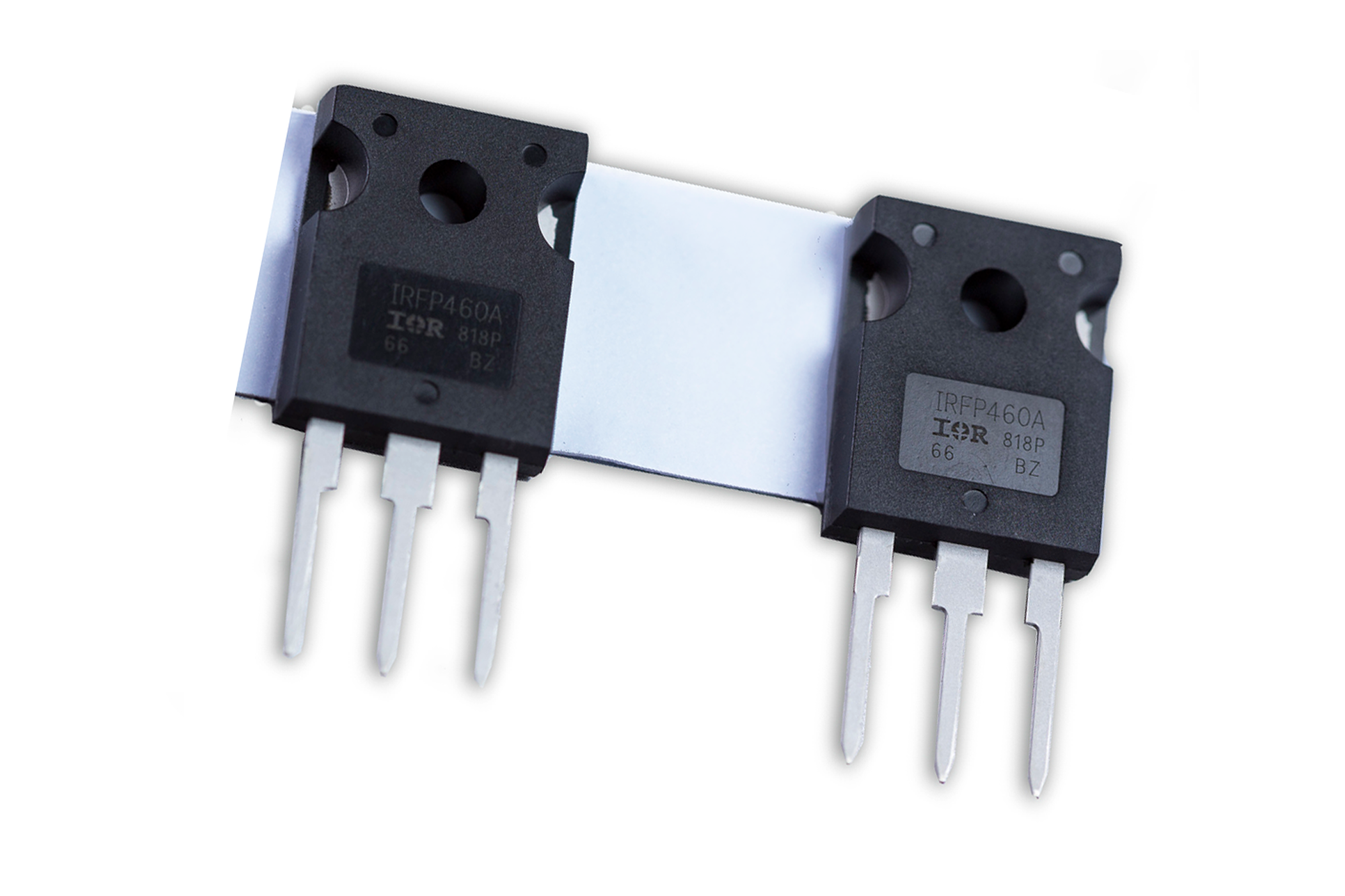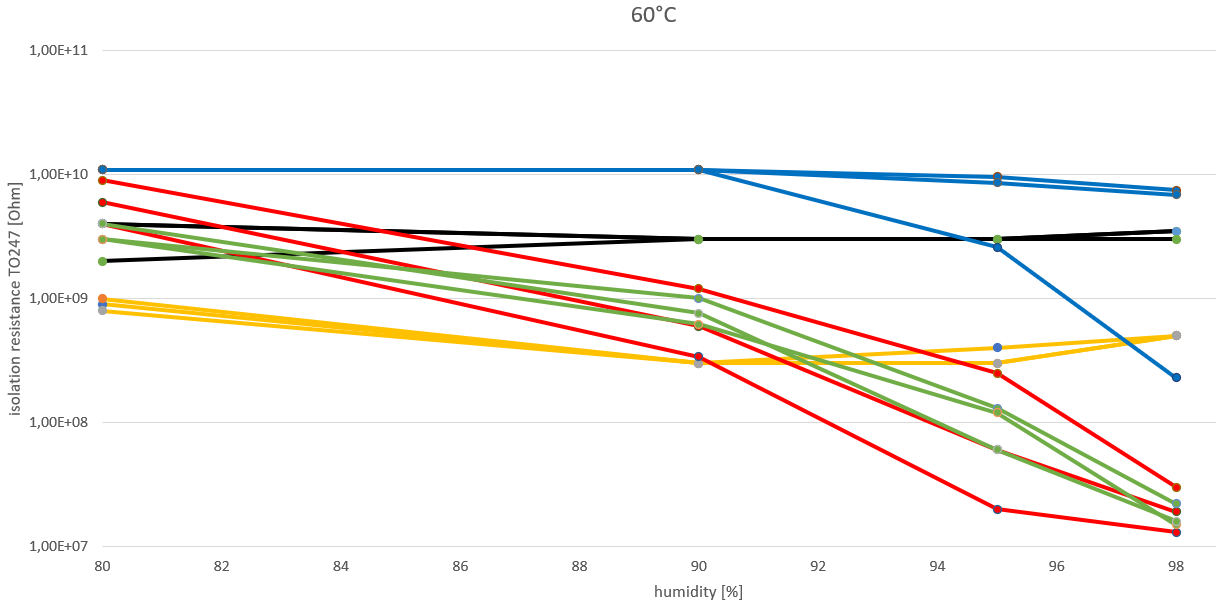TIP 5000 | Thermal insulator pad
- 0.15 - 0.18 Thermal Impedance
- 5.0 Thermal Conductivity
- 0.25 - 0.50 mm Thickness
Product Description
Honeywell's TIP5000 thermal insulator pad comes in a white color and offers thickness ranging from 0.25 - 0.50mm. While the Breakdown voltage between Thermal insulators is similar and they are all V0 rated, their dielectric properties differ, mostly as an effect of the different thicknesses. It is ideal for Automotive electronics and Power conversion and supply equipment and comes with a single sided Pressure sensitive adhesive for easy assembly.
Honeywell's TIP5000 thermal insulator pad is designed to provide very low thermal impedance and high isolation for high power and high voltage applications. Integrated fiberglass reinforcement protects the pad from tears, cut-throughs and punctures. It is designed to be soft and conformal which provides excellent mating surface for low pressure mounting. Please consult the Specification fields and the Technical data sheets for additional information
Technical Specifications
| General Properties | |||||
| Color Color The color | White | ||||
| Film Thickness | 0.25 - 0.50 mm | ||||
| Specific Gravity Specific Gravity Specific gravity (SG) is the ratio of the density of a substance to the density of a reference substance; equivalently, it is the ratio of the mass of a substance to the mass of a reference substance for the same given volume. For liquids, the reference substance is almost always water (1), while for gases, it is air (1.18) at room temperature. Specific gravity is unitless. | 2.5 | ||||
| Electrical Properties | |||||
| Breakdown Voltage Breakdown Voltage Breakdown voltage is the minimum voltage necessary to force an insulator to conduct some amount of electricity. It is the point at which a material ceases to be an insulator and becomes a resistor that conducts electricity at some proportion of the total current. After dielectric breakdown, the material may or may not behave as an insulator any more because of the molecular structure alteration. The current flow tend to create a localised puncture that totally alters the dielectric properties of the material. This electrical property is thickness dependent and is the maximum amount of voltage that a dielectric material can withstand before breaking down. The breakdown voltage is calculated by multiplying the dielectric strength of the material times the thickness of the film. | 4500 V | ||||
| Volume Resistivity Volume Resistivity Volume resistivity, also called volume resistance, bulk resistance or bulk resistivity is a thickness dependent measurement of the resistivity of a material perpendicular to the plane of the surface. | 5.0x1013 Ohms⋅cm | ||||
| |||||
| Mechanical Properties | |||||
| |||||
| Thermal Properties | |||||
| Thermal Conductivity Thermal Conductivity Thermal conductivity describes the ability of a material to conduct heat. It is required by power packages in order to dissipate heat and maintain stable electrical performance. Thermal conductivity units are [W/(m K)] in the SI system and [Btu/(hr ft °F)] in the Imperial system. | 5 W/m.K | ||||
| Thermal Impedance | 0.15 - 0.18 °C·cm²/W | ||||
| UL 94 Rating UL 94 Rating Flammability rating classification. It determines how fast a material burns or extinguishes once it is ignited. HB: slow burning on a horizontal specimen; burning rate less than 76 mm/min for thickness less than 3 mm or burning stops before 100 mm V-2: burning stops within 30 seconds on a vertical specimen; drips of flaming particles are allowed. V-1: burning stops within 30 seconds on a vertical specimen; drips of particles allowed as long as they are not inflamed. V-0: burning stops within 10 seconds on a vertical specimen; drips of particles allowed as long as they are not inflamed. 5VB: burning stops within 60 seconds on a vertical specimen; no drips allowed; plaque specimens may develop a hole. 5VA: burning stops within 60 seconds on a vertical specimen; no drips allowed; plaque specimens may not develop a hole | V0 | ||||





